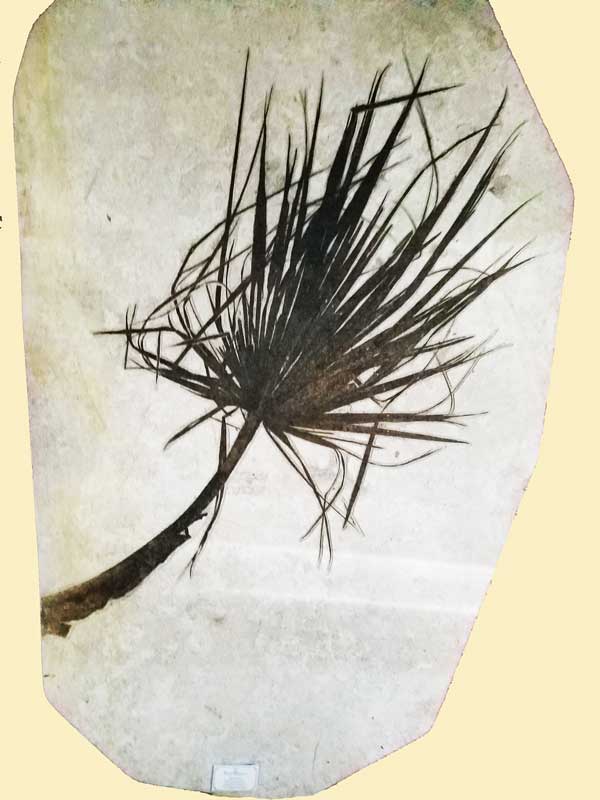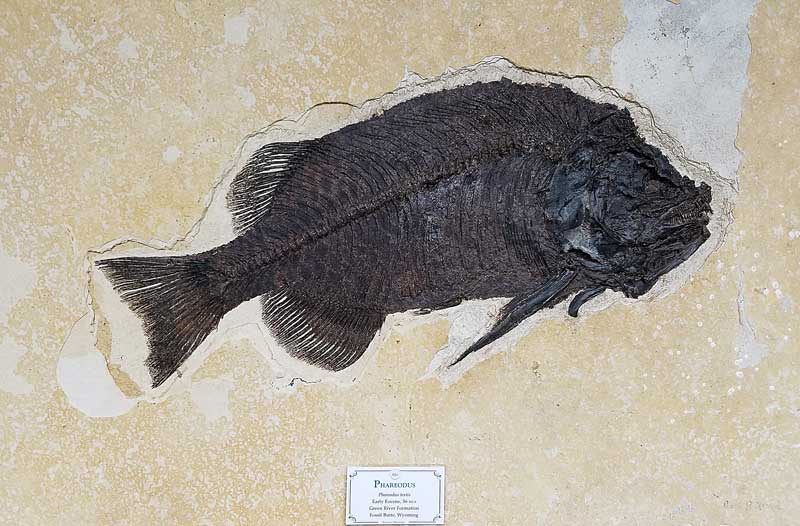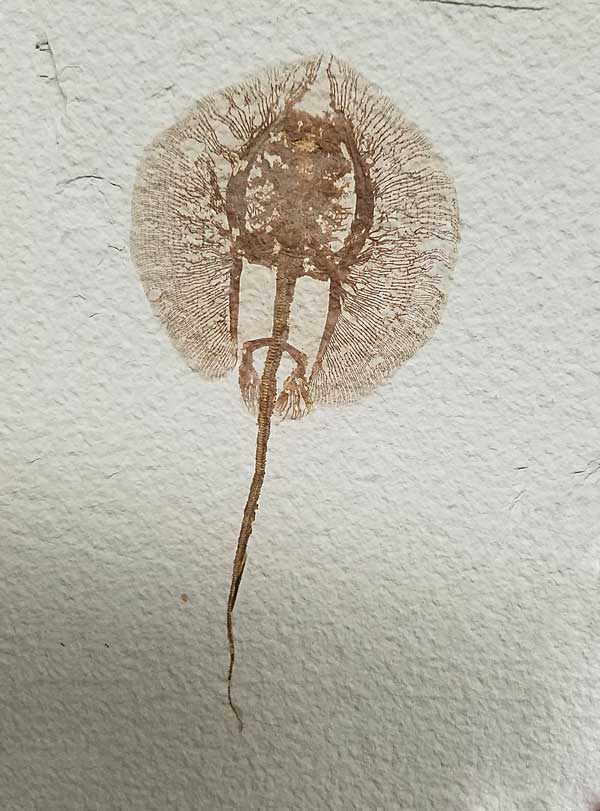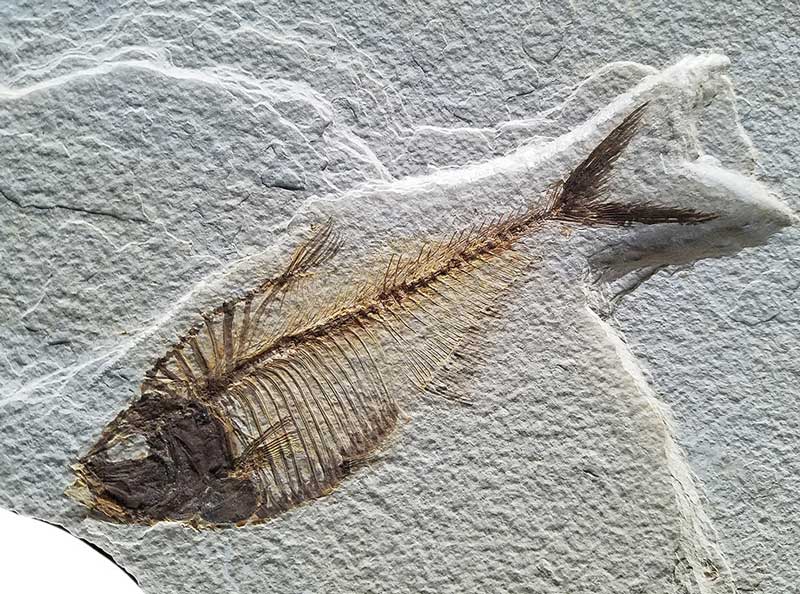Sign up for Lesson Plans, discounts & more!
Fish Fossils
From The Green River Formation
More Fish Fossils have been found in The Green River Formation than any other single location in the world! Over 1 million fossilized fish have been found in these rocks since it was first discovered in the 1870s. A dozen fish species are commonly found plus insects, shrimp, frogs, salamanders alligators, turtles, birds, mammals and more than 325 kinds of plant fossils.
The Green River formation is a rock formation that consists of a groups of sedimentary rock layers that were created in a huge system of lakes. The origins of the Green River Formation occurred between 59-33 million years ago during the Eocene Epoch. It is located near present-day Green River, and spans parts of Utah, Wyoming and Colorado. In this article, we are going to focus on the different types of fish.
The majority of fish fossils are taken from Fossil Lake in south western Wyoming. This area was split up into two ‘fossil zones,’ each containing well preserved fossil specimens. One such layer was referred to as the ‘split fish layer’ which is the most abundant with fish and other fossils. This layer is about 6 feet deep. The sediment in the split fish layer was highly laminated, meaning it has many layers that are easily split. It is more dense and the fish are often removed nearly whole.
The other layer measured at 18 inches and did not contain as many fossils. The composition of the limestone indicates that the layer was formed in deep water far from shore, and contained more fossils of plants.
The Most Abundant Fish Fossils
Several types of fish have been discovered in the Green River formation. two distinct types, however, were found in abundance in one area. These were called Diplomystus and Knightia. Diplomystus was discovered in 1877 by paleontologist Edward Drinker Cope, a famous paleontologist. (see bone wars). Knightia was named by David Starr Jordan in 1907. Both were a genus of ray-finned fish, meaning its fins were supported by tiny bones. They were distantly related to modern-day herrings, alewives, and sardines.
The knightia eocaena pictured below is the most common fish in the fossil lake area. In fact it could be the most common articulated vertebrate fossil in the world!
You can find Knightia Fish Fossils for sale at our sister site fossilicious.com.
Diplomystus dentatus is the next most common fossil from the fossil lake. They are occasionally found with other fish in their stomachs or even in the act of swallowing another fish!
Other fish fossils found in the Green River formation are:
Amphiplaga brachyptera, Hiodon falcatus, Mioplosus tabracoides, Phareodus encaustus, Phareodus testis,Notogoneus osculus, Priscacara liops, Priscacara serrata, and Priscacarahypsacantha.
Check out some of the Educational Materials for sale on our sister site fossilicious.com.

interested in more? If so, you may want to check out our other sites:
fossilicious.com - Our online fossil and mineral rock shop.
rocksandminerals4u.com - An educational site about rocks, minerals, and geology.
Geologic Time Geologic Time Line
Cenozoic Era
Quaternary
Neogene
Paleogene
Mesozoic Era
Cretaceous
Jurassic
Triassic
Paleozoic Era
Permian
Carboniferous
Devonian
Silurian
Ordovician
Cambrian
Archean Time
Hadean Time
Teachers Resources
Activities for Education and Fun
Earth Science Lesson Plans
Activities For Kids
Fossil Lesson Plans
Fossil Activities
Education Articles
Coloring Pages
Dinosaur Coloring Pages
Montessori Materials
Geology Club
Fossil Hunting
 |
 |
 |








